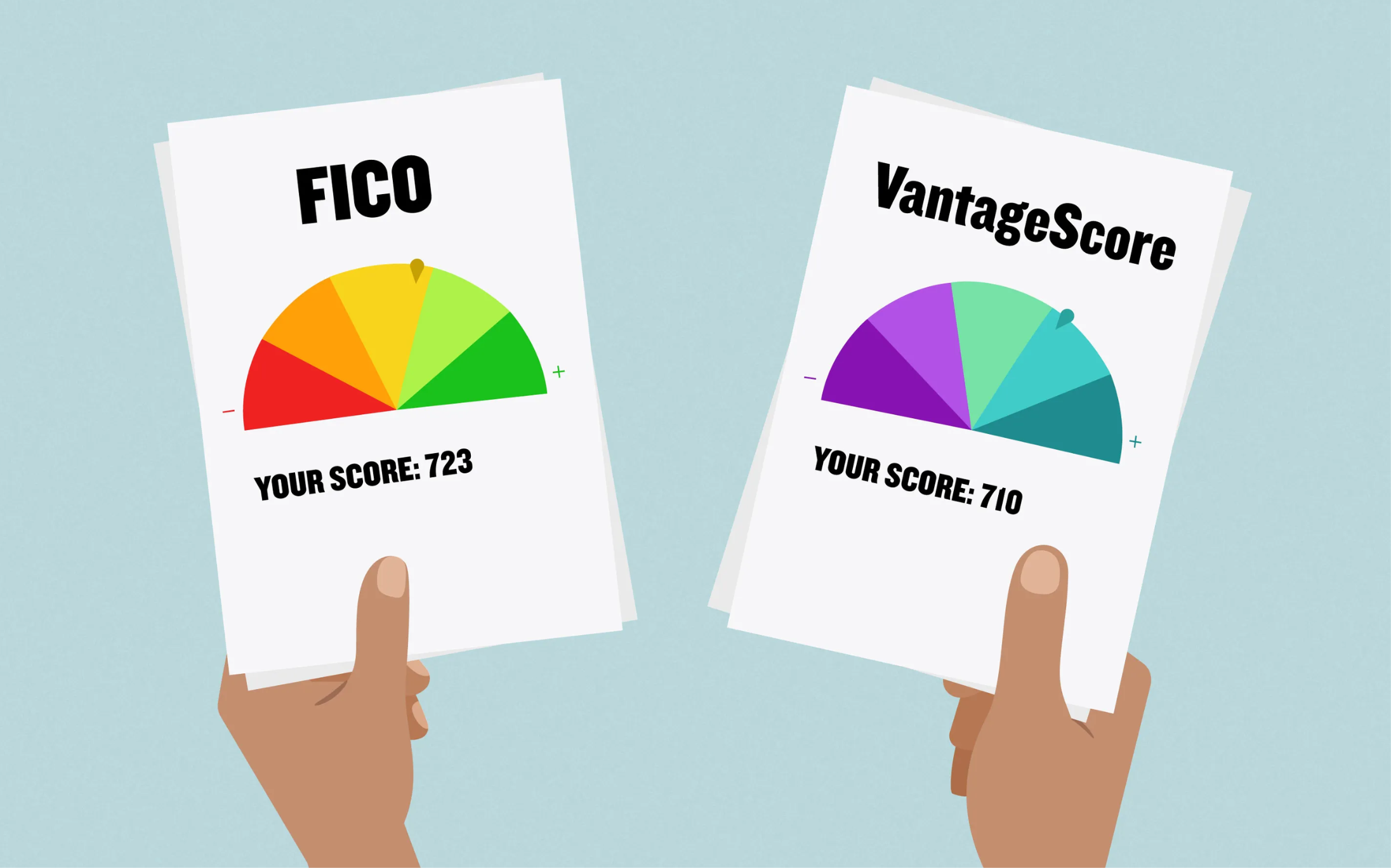
When it comes to credit scores, you’ve likely heard of FICO® and VantageScore®. But what exactly sets them apart? While both scoring models help lenders assess your creditworthiness, they use different algorithms, criteria, and scoring ranges. Understanding these differences can help you better manage your credit and improve your financial standing.
What Is FICO?
The FICO Score, created by the Fair Isaac Corporation, is the most widely used credit scoring model. Around 90% of top lenders rely on it when making lending decisions. Your FICO score is calculated based on five key factors:
🔹 Payment History (35%) – Whether you pay your bills on time.
🔹 Credit Utilization (30%) – The percentage of your available credit you’re using.
🔹 Length of Credit History (15%) – How long your accounts have been open.
🔹 Credit Mix (10%) – The variety of credit types you have (loans, credit cards, mortgages, etc.).
🔹 New Credit Inquiries (10%) – How often you apply for new credit.
FICO scores range from 300 to 850, with higher scores indicating better creditworthiness. Different versions exist, including industry-specific models for auto loans and mortgages.
What Is VantageScore?
VantageScore was developed in 2006 by the three major credit bureaus—Equifax, Experian, and TransUnion—as an alternative to FICO. It also ranges from 300 to 850, but its scoring criteria differ slightly:
🔹 Total Credit Usage, Balances, and Available Credit (Extremely Influential)
🔹 Credit Mix and Experience (Highly Influential)
🔹 Payment History (Moderately Influential)
🔹 New Accounts and Credit Age (Less Influential)
🔹 Credit Inquiries (Least Influential)
A key advantage of VantageScore is that it considers alternative data, such as utility and rent payments, and it generates scores for people with a limited credit history faster than FICO does.
Key Differences Between FICO and VantageScore
| Feature | FICO | VantageScore |
|---|---|---|
| Score Range | 300-850 | 300-850 |
| Who Uses It? | 90% of top lenders | Used by some lenders, free credit tools |
| Minimum Credit History | Requires at least 6 months | Can score new credit users faster |
| Late Payment Impact | Treats all late payments equally | Recent late payments weigh more heavily |
| Model Versions | Multiple versions for different loans | Single model used across lenders |
Which Score Matters More?
If you’re applying for a mortgage, auto loan, or credit card, lenders will likely check your FICO score. However, if you’re monitoring your credit through free tools like Credit Karma or Experian, you’re probably seeing a VantageScore. While both scores can give you a general idea of your credit health, FICO is the gold standard in lending decisions.
How to Improve Both Scores
Regardless of which model is used, improving your credit score follows the same general principles:
✔ Pay bills on time – Even one late payment can hurt your score.
✔ Keep credit utilization low – Aim to use less than 30% of your available credit.
✔ Avoid unnecessary credit inquiries – Too many applications can lower your score.
✔ Maintain older accounts – A long credit history strengthens your profile.
✔ Diversify your credit mix – A mix of credit cards, loans, and retail accounts helps.
Final Thoughts
While FICO and VantageScore serve the same purpose, they use different formulas and are favored by different lenders. Understanding these differences can help you make smarter credit decisions and boost your financial health.
Need help improving your credit score? JDP Credit Solutions offers expert guidance to help you take control of your financial future. Contact us today!
📢 What’s your credit score strategy? Drop your thoughts in the comments!
